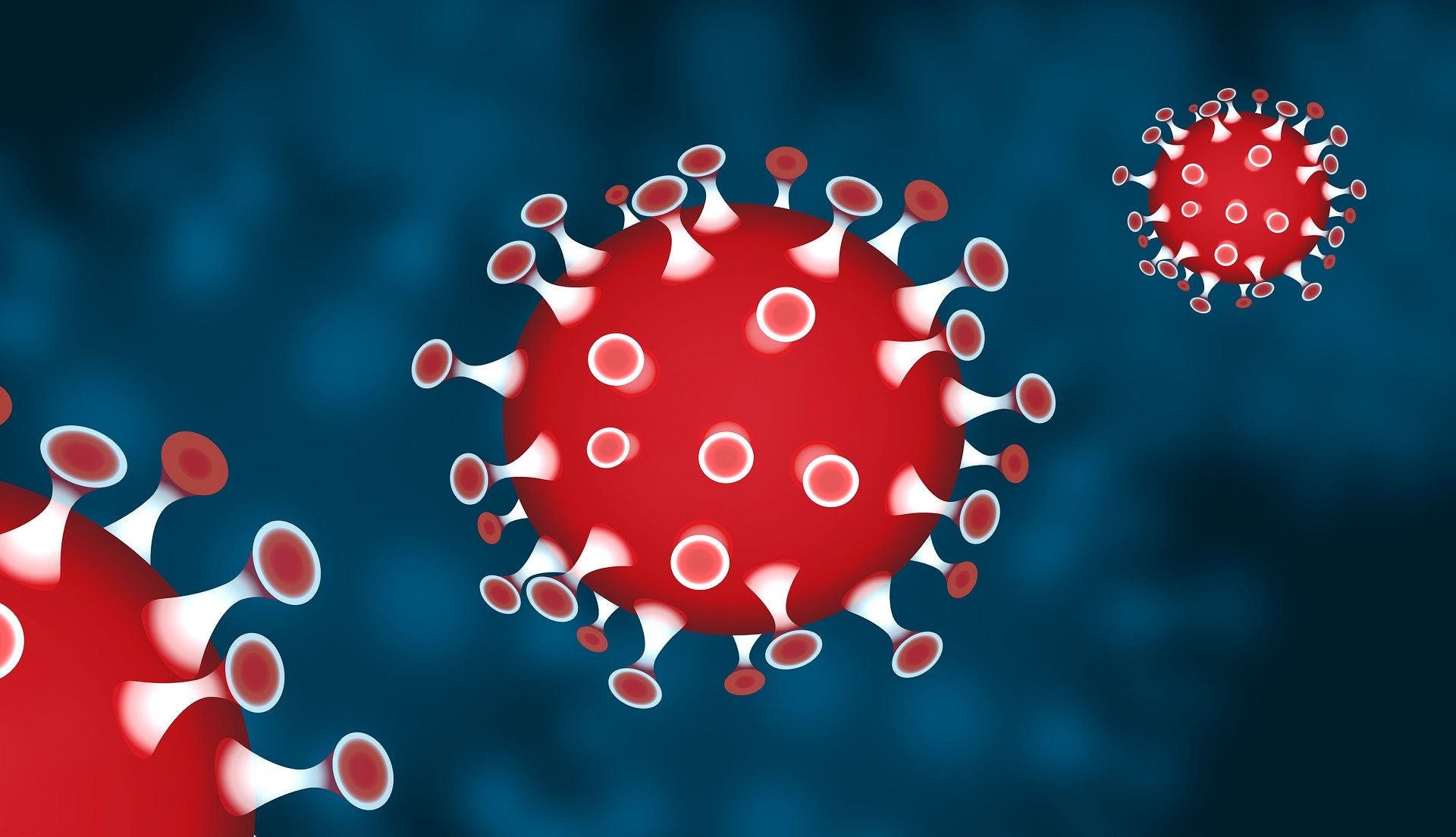As the US quickly becomes the next global epicenter of COVID-19, with over 180,000 documented cases of the infection as of March 31, 2020, the upcoming weeks will be critical in determining the route of the infection in terms of extent of spread and overall caseload.
With North America bracing itself for significant increases in the number of people infected with the SARS-Cov-2 virus that causes COVID-19, the impact of measures such as physical distancing and social isolation on ‘flattening the curve’ will come to light, which largely depends on how early they were employed and degree of compliance. Moreover, while countries have raced to close their borders — with the US-Canada border having been closed over a week ago (it closed on March 20, 2020) and China now denying entry to all foreigners in aims of preventing a resurgence of the infection — most new cases will be attributable to community spread.
Community spread entails the transmission of a contagious disease by an individual within a defined geographic region who has not had any known contact with an infected individual, nor any history of recent travel outside the region. While it may be seemingly easier to trace these individuals and isolate them in attempts to contain the spread of the contagion, contact tracing measures have been shown to be effective in the early stages of spread, rather than later.
Countries like Taiwan, South Korea and Singapore are prime examples of countries that took early preventative measures involving aggressive and widespread testing, combined with contact tracing. They were well-prepared and well-equipped with these strategies due to their experiences with the SARS epidemic in 2003, which significantly impacted these countries.
Related: CT Imaging May Be a Preferred Diagnostic Test for COVID-19
In South Korea, a woman, known as ‘patient 31,’ was identified to be the source of one of the main clusters of COVID-19 infection in the country, which was traced to the Shincheonji Church of Jesus in Daegu city that she had visited. Unaware of infection, the woman had visited the church and other densely populated areas in the city, including a restaurant lunch buffet. The woman was diagnosed with COVID-19 on February 17, shortly after which hundreds of people that had attended Shincheonji Church, as well as people in nearby areas, also tested positive.
Thousands of cases are now confirmed and attributed to the ‘Church cluster.’ It remains unknown how patient 31 contracted the virus as she had no recent travel history nor contact with any infected individuals. The Shincheonji Church cluster accounts for at least 60 percent of all cases in South Korea and is a classic example of community spread.
Similarly, a man in India who had returned from a recent trip to Europe is believed to have infected people in more than a dozen villages. The man and patient 31 are individuals known as ‘super-spreaders’, given that they can easily and rapidly infect a large number of people as they navigate through densely populated areas. While the World Health Organization (WHO) estimates that a COVID-19-infected individual can infect approximately 2 — 3 individuals (which is the ‘R’ or ‘reproduction number’), super-spreaders have the potential of infecting a significantly larger number of people as they come to visit dense public places like churches or conventions.
There is concern that the anticipated surge in cases, particularly in North America, may arise from such super-spreaders through community-based transmission. However, current closures of public places and physical isolation will certainly help in mitigating this potential.
Dr. Anthony Fauci, the director of the National Institute of Allergy and Infectious Diseases (NIAID) and one of the lead members of the White House Coronavirus Task Force dealing with the current pandemic has said that “community spread [has] made it almost impossible to predict how many cases there will be.”
It will be imperative to closely monitor and test people as potential clusters of outbreaks are predicted to arise in the coming weeks. Such outbreaks are being seen at high density places such as long-term care homes, meat-packing facilities and hospitals. Given this, physical distancing and social isolation measures are being deemed key in curtailing the spread of the virus.












Join or login to leave a comment
JOIN LOGIN